SimCity, the fifth installment of the city-building simulator from Maxis, appeared packed full of new features and options for managing your city. In fact, there are so many new features that you might feel a bit overwhelmed at the beginning.
In this simple SimCity tutorial, intended for those who aren’t familiar with the SimCity universe, I’ll give you ten basic tips and tricks to start effectively building your city so that you aren’t in danger of making the mistakes that so many first-time mayors make.
What is SimCity?
SimCity is a strategy video game that incorporates open-world settings. You’ll start with a piece of land, developing infrastructure to grow residential, commercial, and industrial entities. While the most popular version is on Windows, many people also enjoy the mobile version called SimCity BuildIt. As your city grows, you’ll need to handle natural disasters, crime, education, and many other factors.
What is the latest SimCity game?
The latest version of SimCity was released for Windows in 2013, and it was the last in the franchise due to critically negative reviews. In 2014, SimCity BuildIt hit mobile phones as a port, with most of the functionality changed and the necessity to collect resources from your buildings to upgrade them.
Best Simcity buildit tips
Let’s head straight into our SimCity tips and tricks to ensure your success as mayor of the town.
1. Good planning is important
When some people start a new SimCity game, they tend to construct highways and areas without pre-planning. Then, when it comes time to create intersections, they’re forced to demolish buildings, resulting in a decreased population or service. My advice: before you start building, do some minimal street and intersection planning. Then, you can start to reclassify areas.
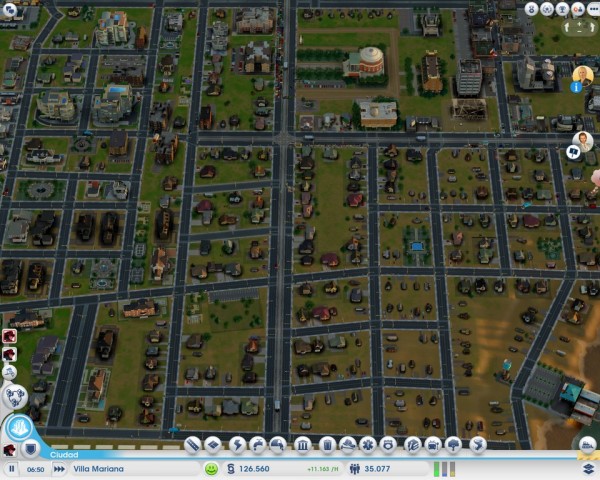
It’s easier to start in the middle of an area or in a corner, which will make it easier to expand. Also, keep in mind that although city plans with strange shapes are fun, it’s always easiest to start with a grid structure. If you’re not sure what I’m talking about, take a look at some big-city map and their central areas: streets set out in blocks are key.
Another tip is to have a large main avenue with narrower roads feeding off of it (or wider ones if you have the money).
2. Keep density in mind
An important prerequisite for growing cities is room to expand. Although it may seem strange to place small buildings on a wide avenue or street, don’t get into debt putting more roads in the middle of these empty spaces!
It’s those empty spaces that’ll let your city’s inhabitants expand their homes, shops, or factories when things in the city improve. With a little patience and time, you’ll witness tremendous growth in your city without having to do too much.
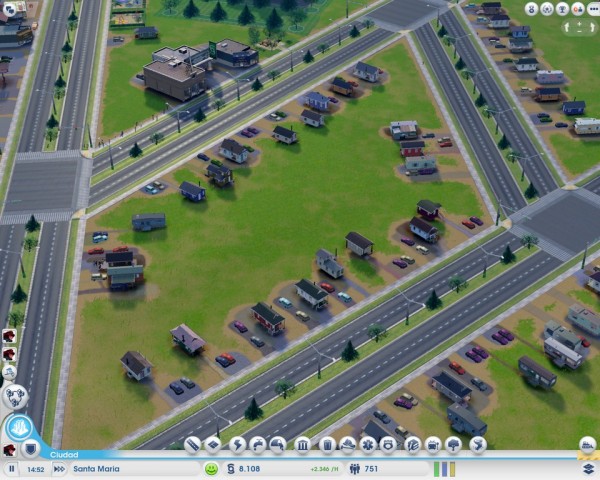
3. Keep the city “clean”
Keeping your city free of abandoned buildings or debris is as important as giving your city space to expand because these old buildings prevent new buildings from being constructed. To get rid of them, all you need to do is use the bulldozer on the land in question.
The game tells you when there are pieces of land like this, so you should check from time to time.
Another thing you should take into consideration: you can change the use of an area of the city, maybe from residential to commercial, for example, but until you demolish the building that was there before, the change won’t apply.
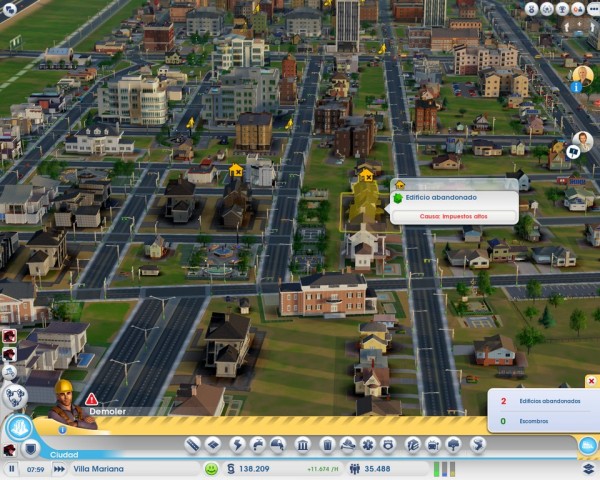
4. Public transport is a good bet
Your citizens will need to get around your city, and typically they’ll use their cars, which will generate lots of traffic jams on the main avenues. To reduce traffic, as well as to avoid excess pollution, fill your city with public transport.
Start with bus stops: start with a main bus station, then place bus stops throughout the city. Bus stops are very inexpensive and will increase your population’s happiness, especially in lower and middle class areas. Also, when you expand your town, don’t forget to expand the bus station with more vehicles before people start complaining that they’re too full.
When things start to improve, you can choose to put in a train station, tram stops, a ferry, or even a local airport. But don’t run before you walk! Start with the bus: it’s good, it works and it’s cheap!

5. Industry: the further from homes, the better
Nobody likes having a factory next to their house, especially if there’s a potential for contaminants. We recommend that you don’t distribute industrial areas around the city, but rather, designate a plot of your land as an industrial area, and try not to go over this area. Ideally, they should be situated as far away as possible from residential areas, like in a corner for example.
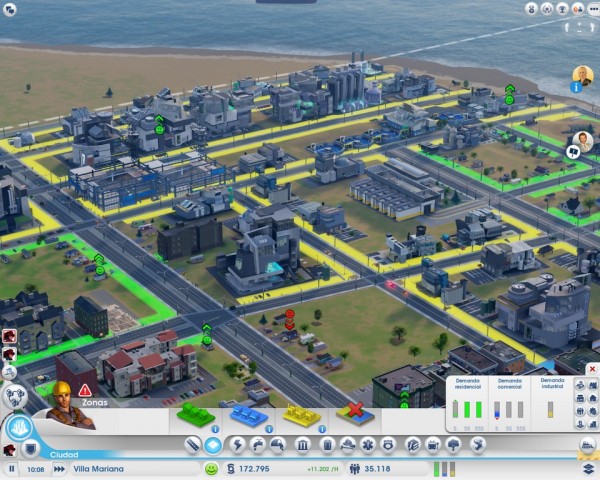
6. Have lots of green space
The cheapest way to please your residents is to build a nice environment to live and work in. People love to shop, but they love parks and green areas even more. Don’t be shy about filling your city with parks, areas for sports or other land for outdoor activities.
Parks are also a great antidote to factories. Even if you followed my advice in point 5, you may still have a residential area beside an industrial one. In this case, you might see some angry faces, but building a park next door will cheer them right up!
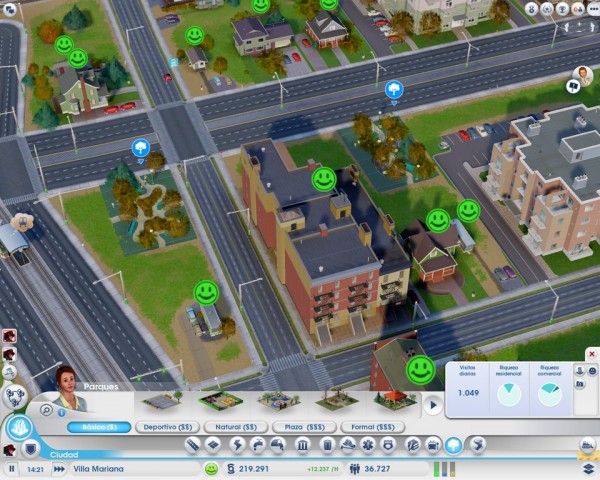
7. Maintain public facilities
Don’t take too long to build main public facilities like police stations, fire stations, hospitals, or schools. Remember though, keeping them up to date is just as important as building them in the first place.
Take note of complaints from inhabitants (keep an eye out for alerts over houses) and expand facilities when it’s convenient. If they tell you there’s a lot of crime, add a couple of squad cars. Health problems? Expand your hospital.
This practice also applies to public transport: if you receive complaints of it being overcrowded, consider whether it might be worth expanding your fleet of buses.
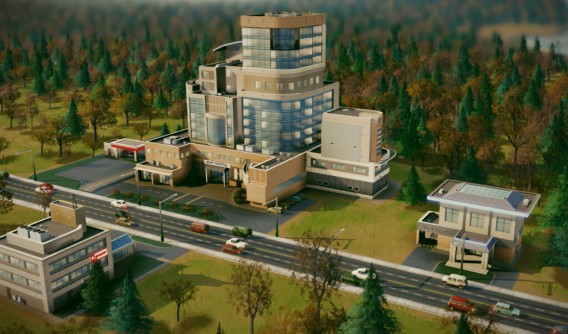
8. A good mayor isn’t afraid to borrow
In real life, you want to avoid going into debt; in SimCity, things are a little different. When you start your game, you’ll want to build things, and the costs will soon pile up. If this is the case, don’t hesitate to get a bond.
A bond is a loan with interest that increases for each hour of play. Believe me, unless you’re a high roller, a small loan will be very easy to write off, because by starting to build, you’ll have more shopping areas, industry and residential taxes that will earn money to pay it back quickly.
Before drowning your citizens with stratospheric taxes, opt for a bond to start your expansion: people will be happy and won’t leave your city, which ultimately means greater prosperity and debts being paid off.

9. Collaborate with other cities
Whether you share with other users on your land or you own all the cities, don’t pass up the opportunity to collaborate. If you have a small town, it won’t hurt to buy resources in the neighboring city; it will provide extra income and you’ll avoid building plants that you might not need.
In addition, the game allows you to transfer funds between cities. To start your second city off, one option is to allow your biggest city to make regular cash donations.

10. Try to keep everyone happy…but use your head
Just like in reality, citizens in SimCity complain, and requests will appear in the game as small missions. Certainly, completing these gets you achievements and rewards, but remember, you can’t please everyone all the time.
Although you might have the money, at one point or another it won’t pay to expand a building or construct a facility. Before trying to be nice to everyone, use common sense – it’s the best way to create a thriving city.

Can you think of other tips for success in SimCity?
Now that you’ve read our SimCity tips and tricks, you can set off towards becoming the top mayor. We’re sure there are plenty more tasks you can attempt.


